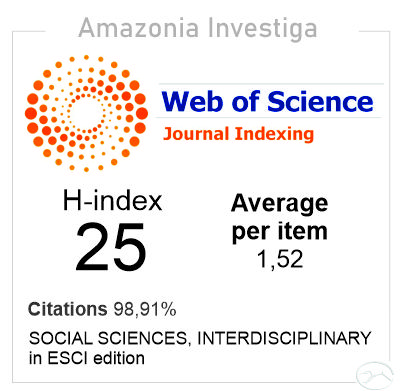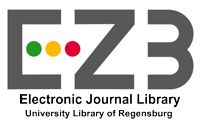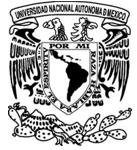Cognitive bases of phono-grammar in russian and arabic
Mots-clés :
cognitive bases of phono-grammar, marker, phonetic changes, sound quantity of the root, Russian, ArabicRésumé
This article discusses the relationship of the inflected changes with the thought processes in two inflected languages belonging to different languages families i.e. Russian (the Slavonic subgroup of the IndoEuropean language family) and Arabic (the Semitic subgroup of the Afro-asiatic language family) by analyzing semantic, phonetic, morphological, and syntactic bases of phono-grammar of cognition – the knowledge of the full progressive inflectional categorization of linguistic levels represented by sound changes. The article is aimed at disclosing a direct relationship of the quantitative sound change of consonant composition with thought processes by which the human brain recognizes language categorization, identification of the mechanism of phonemic structure, which is quantitatively modified to mark the word morphologically and syntactically. Disclosed are the rules of the relationship of phonetic changes with thought processes. It’s stated that cognitive bases of phono-grammar in the Arabic and Russian languages reflect the perceivable association of the sound with meaning.
Téléchargements
Références
Al-foadi R. (2016). Principles of phono-grammar in annex to progressive linguistic categorization of Arabic and Russian roots / Philological sciences "Scientific Essays of Higher Education", P. 20-26.
Al-foadi R. (2015). Progressive semantic phonogrammar: principles of Arabic phono-structure // Philological sciences. Issues of theory and practice. Tambov: Gramota , ? 5 (47): in 2 parts. P I. P. 13-23.
Amirova, T. (2005). History of linguistics: Proc. a manual for students. ouch. proc. institutions / T. A. Amirova, B. A. Olhovikov, J. V. Christmas; ed. by S. F. Goncharenko. – 2nd ed. erased. – M.: Publishing center "Akademiya", 672.
Belova, A. (1991). The structure of Semitic root and Semitic morphological system // Voprosy Jazykoznanija ? 1. Moscow.: " Nauka" ,P.79-91.
Buslaev, F. (1992). The Teaching of the national language. – M.: Education, 512 p.
Humboldt, W. (2000). Selected works on linguistics / V. Background. Humboldt. – M.: JSC IG "Progress", 400 p.
Humboldt, W. (1984). Selected works on linguistics / W. Von. Humboldt. – M.: Progress, 396 p. Ibn, J. (1990). Khasais, ta?qiq Mohamed Ali Alnajar, Matba?at dar alshun, Baghdad.
Vyvyan, E. (2007). The cognitive linguistics enterprise: an overview / Vyvyan Evans, Benjamin K. Bergen,Jörg Zinken // The ?ognitive linguistics reader. London: Equinox, pp. 263-266.

































































.gif)






